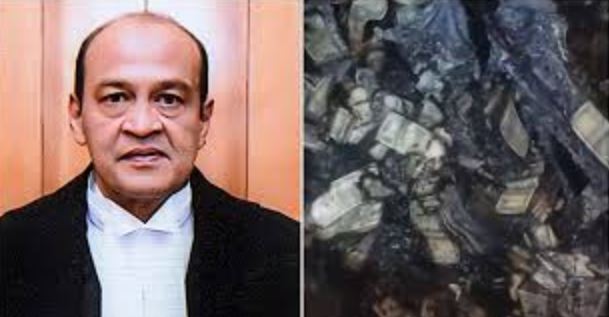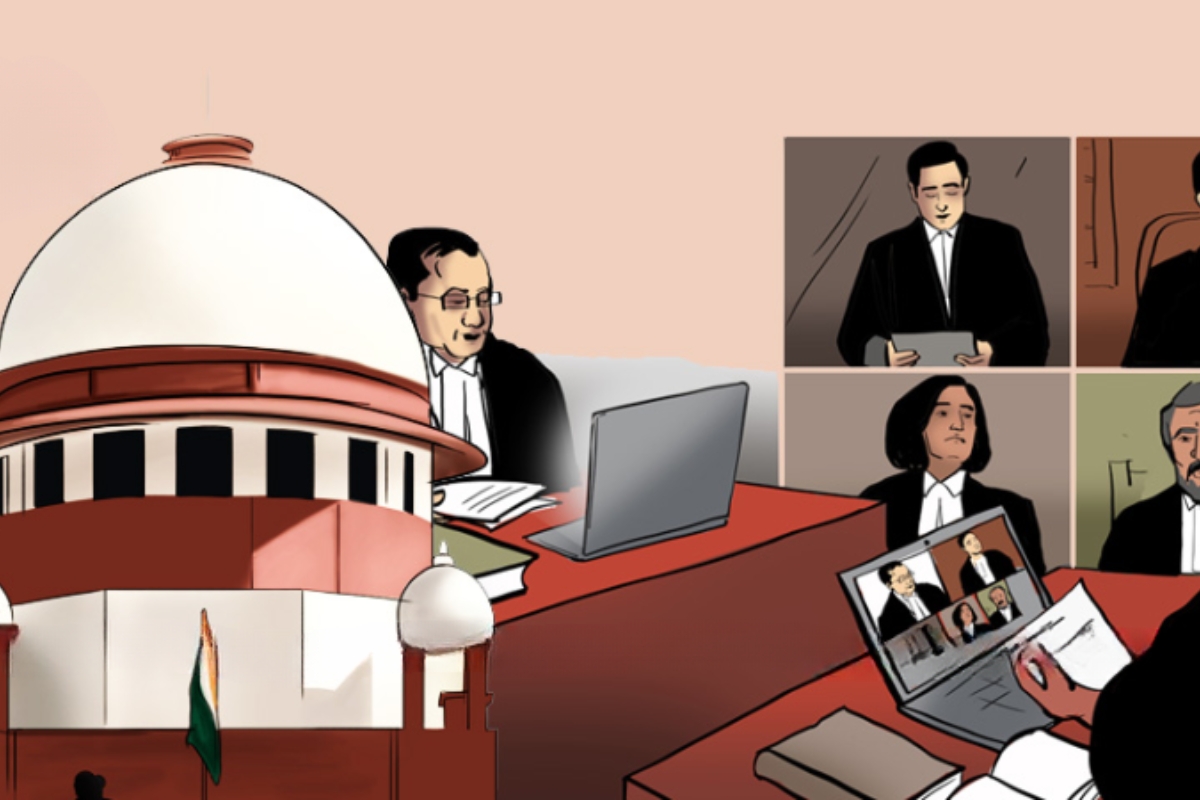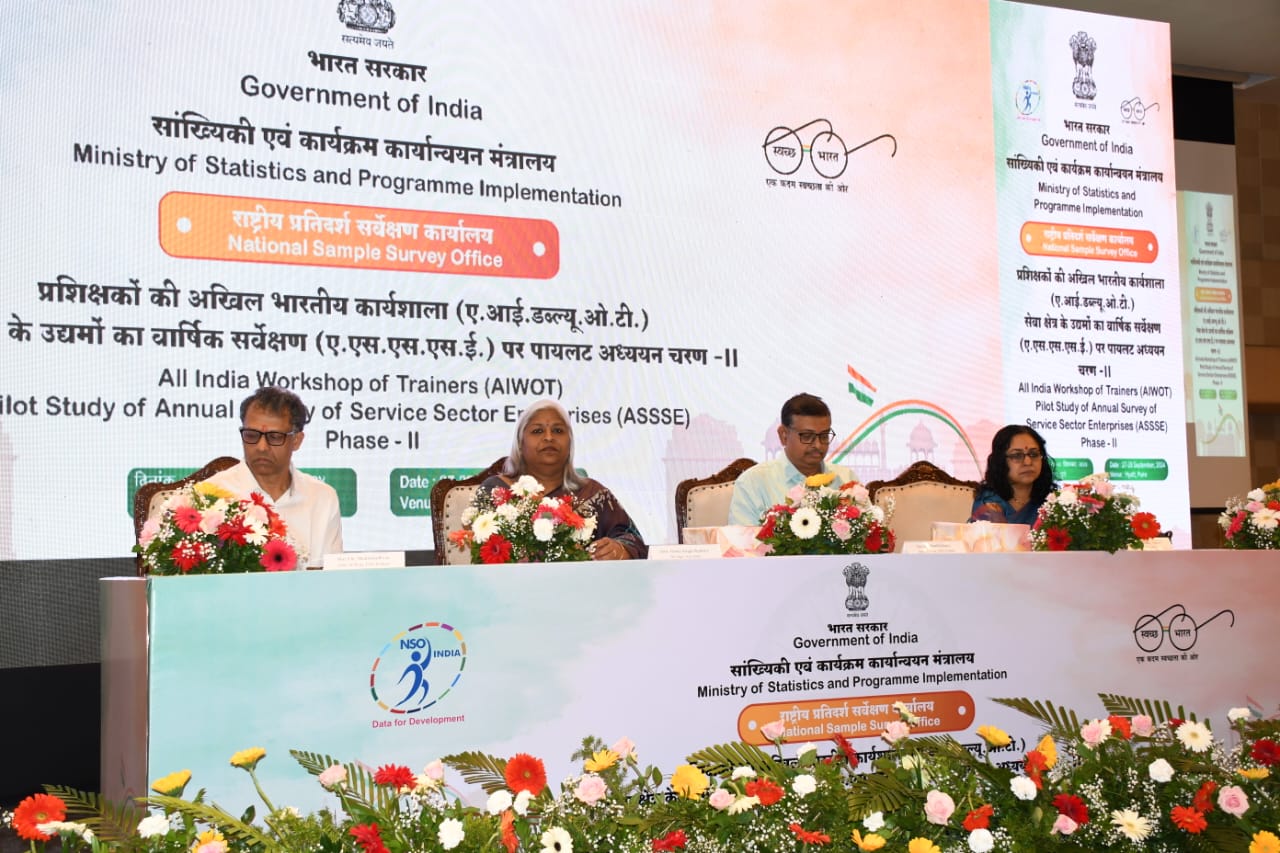- Courses
- GS Full Course 1 Year
- GS Full Course 2 Year
- GS Full Course 3 Year
- GS Full Course Till Selection
- CSAT
- 5 LAYERED ARJUNA Mentorship
- Public Administration Optional
- Online Program
- GS Recorded Course
- NCERT (Recorded 500+ Hours)
- Polity Recorded Course
- Geography Recorded Course
- Economy Recorded Course
- AMAC Recorded Course
- Modern India, Post Independence & World History
- Environment Recoded Course
- Governance Recoded Course
- Science & Tech. Recoded Course
- International Relations and Internal Security Recorded Course
- Disaster Management Module Course
- Ethics Recoded Course
- Essay Recoded Course
- Current Affairs Recoded Course
- ABOUT US
- OUR TOPPERS
- TEST SERIES
- FREE STUDY MATERIAL
- VIDEOS
- CONTACT US
From Complaint to Consequence: The In-House Judicial Inquiry Process
From Complaint to Consequence: The In-House Judicial Inquiry Process

- Justice Yashwant Varma (Delhi High Court) is under investigation after wads of cash were reportedly found at his official residence following a fire on March 14, 2024.
- CJI Sanjiv Khanna has initiated a three-member in-house inquiry — a first of its kind in such circumstances.
Removal of a Judge – Constitutional Provision
|
Provision |
Details |
|
Article 124(4) |
A judge can be removed for “proved misbehaviour” or “incapacity” by impeachment through Parliament. |
|
Voting Requirement |
Needs support from two-thirds of members present and voting in both Houses, and a majority of the total membership of each House. |
|
Final Authority |
After the motion passes, the President of India issues an order for removal. |
In-House Mechanism (Not Impeachment)
Why It Was Created
-
- Introduced in 1997, after allegations against Bombay HC Chief Justice A.M. Bhattacharjee.
- SC observed a gap between bad conduct and impeachable misconduct.
- Led to a five-member SC committee framing guidelines for internal judicial discipline.
In-House Inquiry Against Judges: Step-by-Step Process
Step 1: Receipt of Complaint
- A complaint against a judge can be received by:
- The Chief Justice of India (CJI), or
- The Chief Justice of the concerned High Court, or
- The President of India
- This complaint may involve allegations of misconduct not rising to the level of impeachment.
Step 2: Preliminary Scrutiny by CJI
- The CJI examines the complaint to assess its seriousness.
- If found not serious, the complaint may be dropped at this stage.
- If needed, the CJI seeks a preliminary report from the Chief Justice of the concerned High Court.
Step 3: Recommendation for Deeper Probe
If the preliminary report suggests a deeper inquiry, the CJI may:
- Review the report and the judge’s response, and
- Decide whether to constitute a formal in-house inquiry committee.
Step 4: Formation of Three-Member Committee
- If warranted, the CJI appoints a three-member committee:
- Two Chief Justices of High Courts
- One senior High Court judge
- The committee follows procedures consistent with natural justice (e.g., giving the judge a chance to respond).
|
Principle of Natural justice The Principle of Natural Justice is a foundational concept in law that ensures fairness, equity, and due process in administrative and judicial proceedings. It is not codified in a specific statute but is universally recognized and upheld by courts to protect individual rights. Principles of Natural Justice There are three core principles:
Application of Natural Justice
|
Step 5: Inquiry and Submission of Report
- The committee conducts the inquiry and submits a report to the CJI.
- The report must state:
- Whether the allegations are substantiated.
- Whether the misconduct is serious enough to warrant removal proceedings.
Step 6: Action Based on Report
- If not serious, the CJI may:
- Issue advice or warning to the judge,
- Place the report on official record.
- If serious misconduct is found:
- CJI advises the judge to resign or retire.
- If the judge refuses, the CJI directs the HC to stop assigning judicial work to the judge.
Step 7: Referral for Impeachment (if needed)
If the judge refuses to resign, the CJI:
- Sends the report to the President and Prime Minister,
- Recommends initiation of removal (impeachment) proceedings under Article 124(4).
Revisiting the Procedure – 2014 Case
- Triggered by a sexual harassment complaint by a Madhya Pradesh ADJ against a sitting HC judge.
- SC bench led by Justice J.S. Khehar clarified the seven-step process now in use.
Significance
- In-house inquiry is an internal disciplinary process, distinct from impeachment.
- Maintains judicial independence while ensuring accountability.
- Ensures due process through natural justice and peer review.




